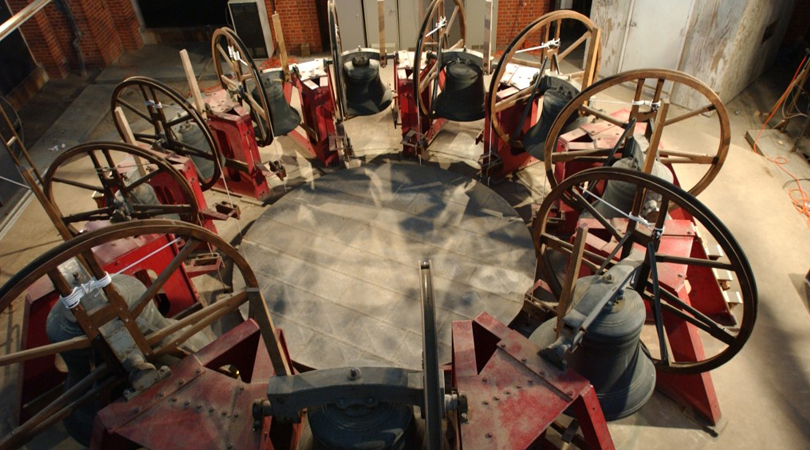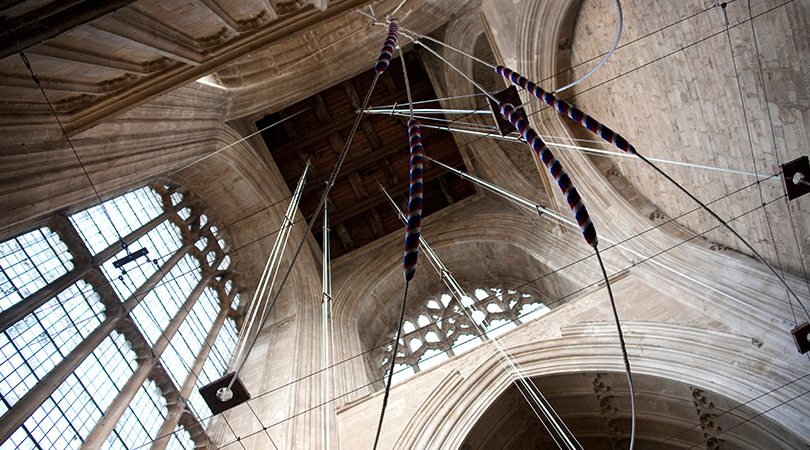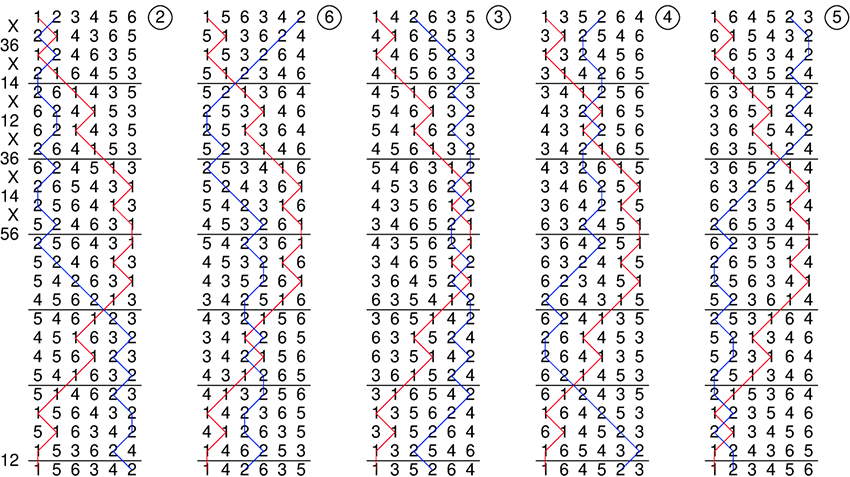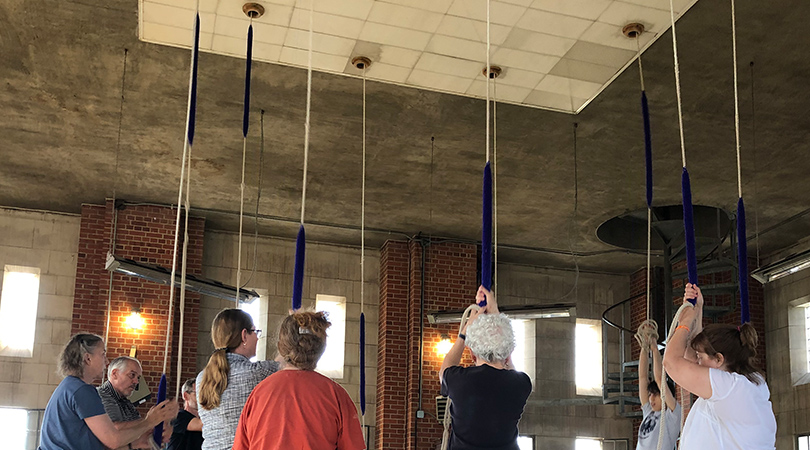For as long as towers have had bells, folks have been ringing them. Whether calling townspeople to worship, ringing out in celebration, or tolling in remembrance, bells signal a special occasion. Gradually, the patterns and techniques of bell ringing were codified into a set of standards. This is the art of change ringing.
Originating during the 16th century in England, change ringing involves a group of people rhythmically ringing a set of tuned bells in close coordination through a series of changing sequences that are determined by mathematical principles and executed according to learned patterns. Rather than a conventional melody, the result is a rich cascade of sound. Today, there are roughly 50 towers dotted across the U.S. with English change ringing bells.
Video: Change ringers demonstrate the art of change ringing on the bells at Trinity Church, Wall Street, in New York City. Courtesy: North American Guild of Change Ringers.
Change ringing bells are mounted on wheels in a room directly above the ringers. Unlike bells in most churches and schools in North America, change ringing bells begin their swing from a mouth-upward position and rotate full circle before reaching the balance point and then, by the pulling of a rope by the ringer, swing back in the opposite direction. By manipulating the rope, bell ringers maintain full control of the swinging bell – varying the speed or pausing briefly to accommodate other ringers and maintain their place in the sequence.
Cover image: Ring of peal bells at Washington National Cathedral. Courtesy: Washington National Cathedral.







